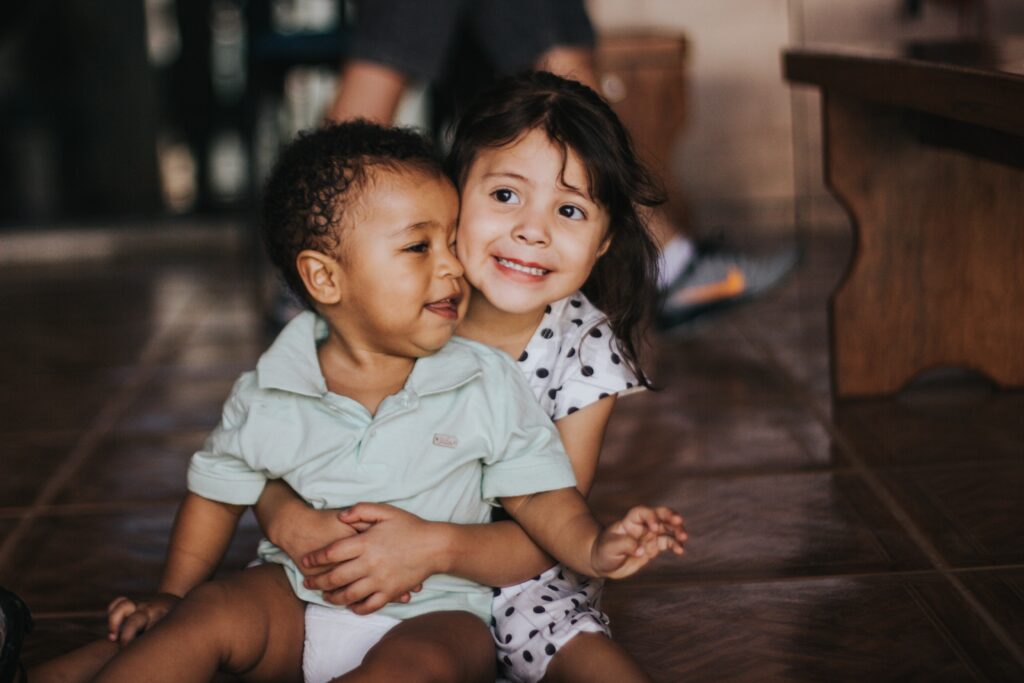
You will most likely hear your child use the “S” sound in words by age 4. Developmentally, speech pathologists know that the “S” sound is not fully mastered in all positions of a word until the age of 8. It is an advanced sound in terms of the order of acquisitions of sounds, but any distortion of the “S” sound should be assessed because it can be an indicator of several issues. Children with “S” sound distortions often have abnormal teeth spacing, a low range of motion of the tongue, and/or a high or narrow hard palate. For instance, a distorted “S” may be an indicator of a tongue tie that was overseen. Moreover, children who demonstrate a tongue thrust (or a lisp) typically produce a distorted “S” sound because their tongue pushes forward between their teeth when swallowing or talking. This, in turn, can negatively impact the structures of the mouth such as the teeth and the hard palate over time causing an overbite and open bite. It is important to work with a speech-language pathologist who has the proper training to correct these patterns.
Speech sounds have a specific structured motor sequence that coordinates each sound. Any time the speech motor plan is slightly off, the sound changes. The “S” sound can be an extremely hard sound to pronounce because it requires very precise movements and coordination of the tongue, jaw, and a stream of continuous airflow.
The treatment for speech sound disorders are often marked by a “mastered age,” but speech pathologists can identify challenges before a developmentally normed mastered age. Speech-language pathologists can detect abnormalities in the structures of the mouth and refer out to other professionals such as dentists, orthodontists, and/or ENTs (otolaryngologists). SLPs can work collaboratively alongside these professionals and form a proper treatment plan once a diagnosis is made.
In therapy, we consider more factors than if the child has mastered the sound or not by that specific time.
